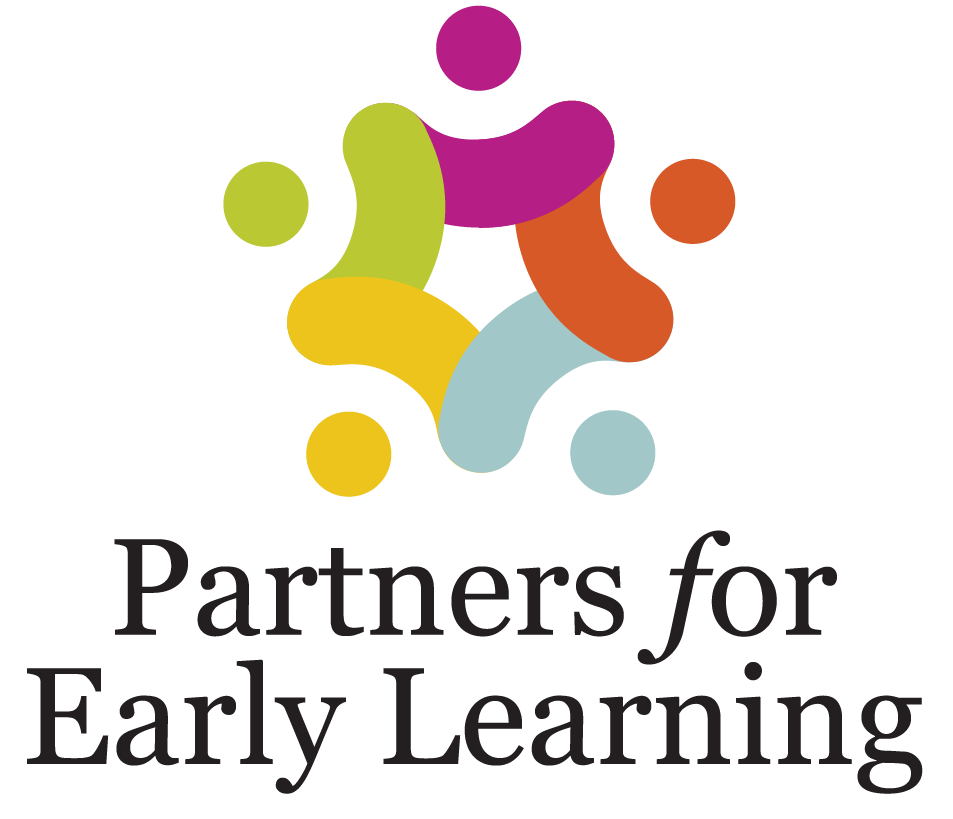Can Reach Out and Grasp Moving Objects (5-8 Months)

Around 5 months, most babies become more skilled in their reaching and grasping attempts. This includes the ability to grasp moving objects, which in part depends on proprioceptive information. Proprioception uses sensory information from the muscles, tendons, and joints to help a person know where his or her hands (or feet) are in space without […]
May Sit Easily without Support (5-7 Months)
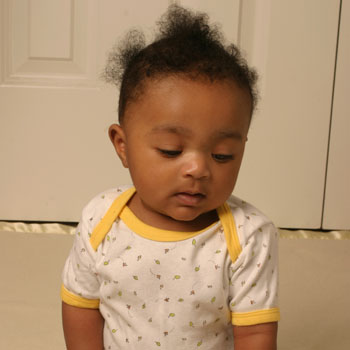
Babies’ growing curiosity and abilities lead them to try new things, so parents and caregivers should arrange the environment to minimize the possibility of falls, bumps, and bruises resulting from unexpected new movements. Also, babies at this age should never be left alone on a changing table, bed, couch, or other item to prevent dangerous […]
Vision: Develops Full-Color Vision (4-7 Months)
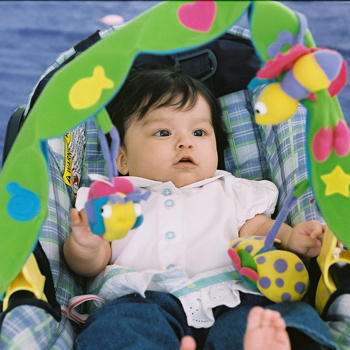
Color vision doesn’t fully develop until about four months. After four months, babies can distinguish between even closely related colors, such as green and turquoise. References Shelov, S. P. (Editor-in-Chief). (2004.) Caring for Your Baby and Young Child: Birth to Age 5. The American Association of Pediatrics. Revised edition. New York: Bantam Books.
Vision: Depth Perception Begins to Develop (3-7 Months)
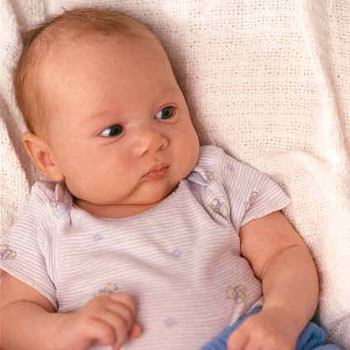
Babies as young as 2 to 3 months have shown some form of depth perception. One method researchers have used to study babies and depth perception is through using a “visual cliff.” A visual cliff is a glass platform raised a few feet off the floor. One-half of the cliff has a shallow side, where […]
Can Reach Voluntarily for Things (3-6 Months)
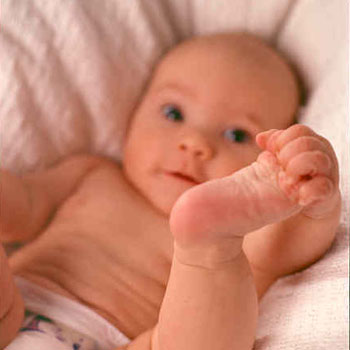
In their early months, infants may reach for things, but these early attempts (called pre-reaches) are generally uncoordinated swipes at objects in a baby’s visual field. By 2 months, these hit-or-miss pre-reaching attempts may even decline as infants move closer to voluntary reaching. When they are around 3 months old, most babies become more accurate […]
Touch: Can Distinguish between Lumpy and Smooth Objects with Mouth (1-7 Months)
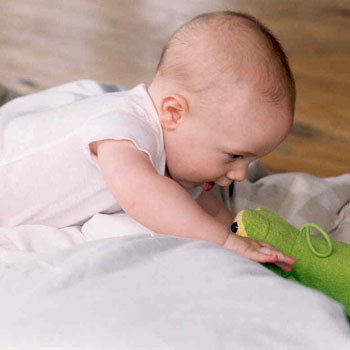
Within their first few months, babies can integrate some types of sensory information. One experiment showed that babies can match the information they receive through their mouths (touch) with visual information. For example, researchers gave two groups of babies one of two pacifiers to suck on. One of the pacifiers had a bumpy surface, while […]
Vision: Can Use Movement to Identify Objects (1-5 Months)
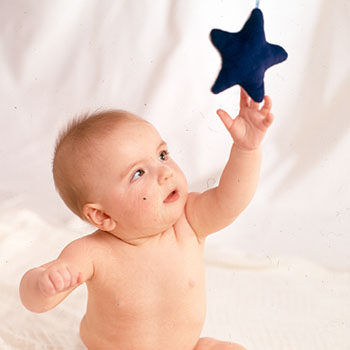
One of the challenges babies face is discriminating against separate objects from what surrounds them. Experiments have shown that by 2 months, many infants use movement to help them determine distinct objects. For example, in one experiment, infants were shown a rod partially hidden by a block in the middle, so all the infants could […]
Grasps and Shakes Hand Toys (1-4 Months)
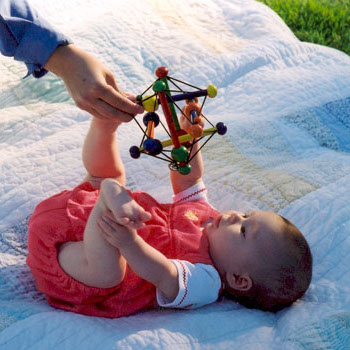
Between their first and third months of life, babies gain the skills to grasp and shake hand toys; they may even transfer them from one hand to the other. Like all developing motor skills, this improves with practice. References Shelov, S. P. (Editor-in-Chief). (2004.) Caring for Your Baby and Young Child: Birth to Age 5. […]
Opens and Shuts Hands (1-3 Months)
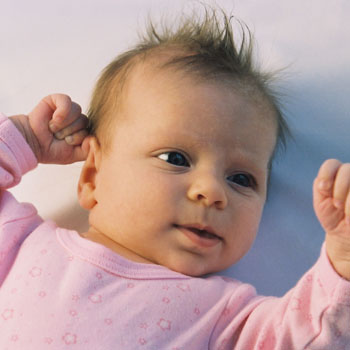
During the first 3 months of life, babies’ hands and arms develop rapidly. Initially, their hands are often tightly clenched with the thumb curled inside the fingers. They can grasp objects automatically but are not yet capable of shaking them or bringing them to their mouths. Within a month or two, the hands and arms will relax. During […]
Brings Hand to Mouth (1-3 Months)
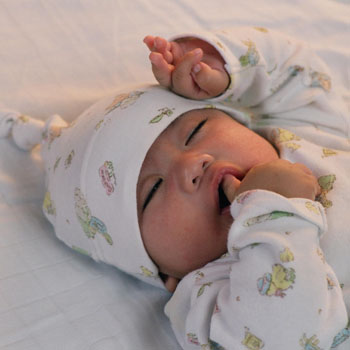
During the first few months of life, babies persistently attempt to bring their hands to their mouths but have not developed the strength or skills to keep them there. By 4 months, however, babies can put their hands in their mouths and keep them there (if they choose). They are now capable of clenching, shaking, and […]
